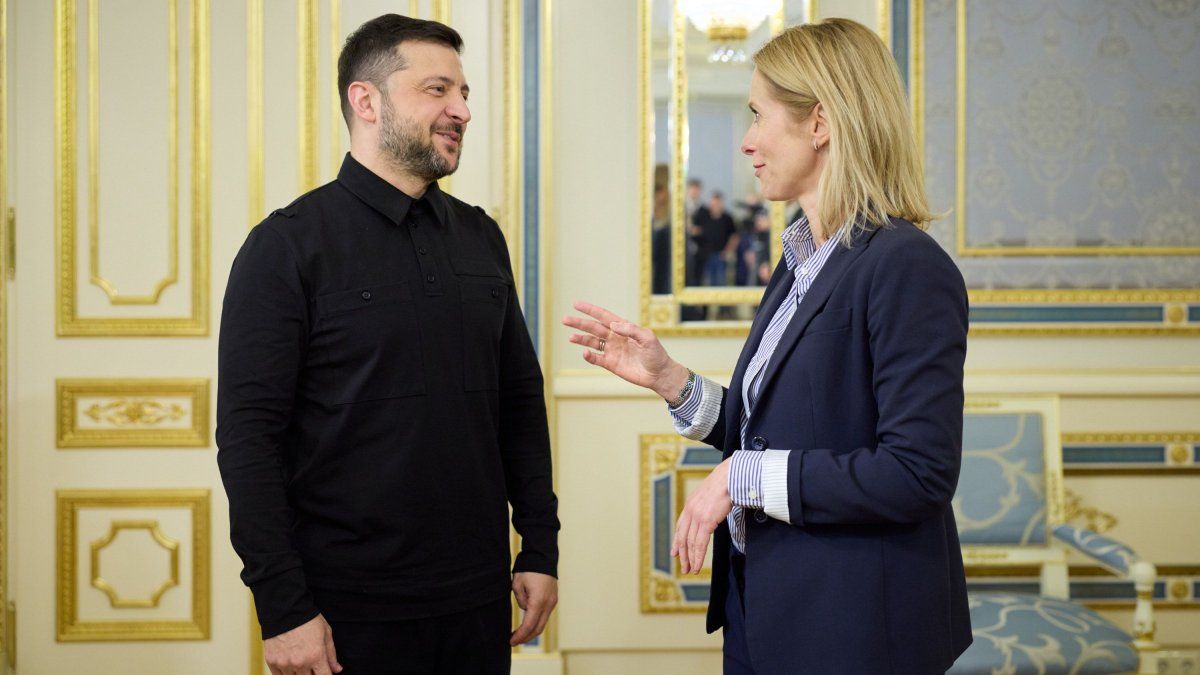Two thirds of Austrians eat meat or sausages several times a week, compared to 2021 this number is declining. At the same time, the consumption of meat alternatives is increasing and there are fewer skeptics, according to an online survey conducted by Integral market and opinion research on behalf of Iglo among 1,000 Austrians.
After the Christmas season and the turn of the year, resolutions are on the agenda for many people. Not infrequently, this includes consuming less meat and/or alcohol. The “vegan January” even has a name with Veganuary. In this country, meat and sausages make up an important part of food intake. Two-thirds of Austrians state that they eat meat or sausages several times a week, and more than one in ten (twelve percent) do so almost every day. An above-average amount of meat is consumed in larger households or in households with children. Here, 74 percent eat meat at least several times a week. The 18 to 29 age group is below average, at 56 percent.
27 percent want to eat less meat in the future
Overall, however, meat consumption in this country is declining, as evidenced by data from Statistics Austria and other sources. This is also shown in the Iglo trend study: in 2021 it was still 17 percent who ate meat almost every day. The proportion of those who eat meat several times a week has remained largely stable (2022: 54 percent, 2021: 53 percent). And when asked about future meat consumption, 27 percent stated that they wanted to eat less meat in the future, and three percent even went so far as to want to do without it altogether in the future.
Six out of ten people surveyed have already tried meat alternatives. 27 percent consume products from this range regularly, i.e. at least a few times a month. Compared to 2021 (24 percent), an upward trend can be seen here. The 18- to 29-year-olds (48 percent) and those with a higher education (34 percent) use meat alternatives particularly frequently. Not only is the proportion of those who regularly reach for products that are served instead of meat growing, but the proportion of skeptics is also falling. While in 2021 it was still 61 percent who ruled out consuming meat alternatives in the coming months, in 2022 it will be only 51 percent who hold this opinion.
Contributes to climate protection
Those who use meat alternatives usually use ingredients that are then overcooked. This includes, for example, vegetarian alternatives for minced meat or other components. A full substitute for a meat product – such as a vegetarian sausage or a plant-based burger patty – is used by 23 percent. Ready meals with meat alternatives are consumed the least frequently (17 percent).
Reducing meat consumption also contributes to climate protection. A schnitzel on a plate has a major impact on the climate: a total of 15,500 liters of drinking water are needed to produce one kilogram of beef. According to the statistics portal “Our World in Data”, it is 4,800 liters for pork and around 3,600 liters for poultry. The high environmental impact of meat production creates a vicious circle. Falling groundwater levels and thus a reduction in drinking water is just one of many negative effects.
more from chronicle
Ball bombs: young people still in mortal danger
Austrian hikers rescued from distress
A man fell over an embankment while tobogganing in Tyrol: seriously injured
Wildfire in the ski area: Grass slope under the chairlift caught fire
My themes
For your saved topics
found new items.
info By clicking on the icon you add the keyword to your topics.
info
Click on the icon to open your “My Topics” page. They have of 15 tags saved and would have to remove tags.
info By clicking on the icon you remove the keyword from your topics.
Add the theme to your themes.
Source: Nachrichten




